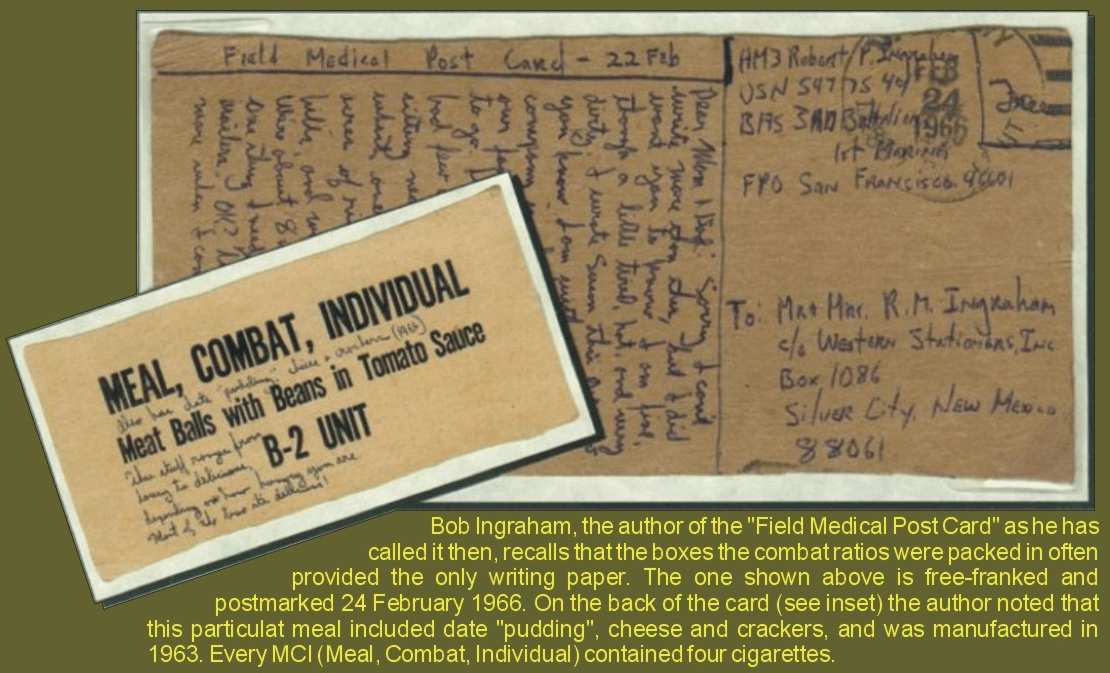






The war in Vietnam was there for centuries - the people living there were constantly subjected to attempts to impose external power on them. Reigning over Vietnam were - among others - the Chinese, the French, and during the Second World War Vietnam was occupied by the Japanese. It was then that the USA were supporting Vietnamese guerillas to weaken the common enemy - Japan. After World War II the Vietnamese were trying to use the opportunity that the fall of Japan presented, to declare independency, but that didn't get a favourable response from France that didn't see it's national interest in giving up it's colonies. Fot this reason the French re-started the fight with the Vietnamese insurgents and were supported by the American government that was looking at the independency of Vietnam as a strenghtening of communist influence in the region. In spite of large American materiel shipments for the French the Vietnamese managed to defeat them in the north portion of the region and two Vietnamese states were created, that were supposed to be united as a result of common election. However, that election didn't materialize because the governments of South Vietnam and USA were convinced that it would be won by the communist candidates. As a result the North Vietnam steadili increased its effort to reunite Vietnam by force, using guerilla warfare. The Americans, seeing that the insurgents effectively weaken the South Vietnamese government and wanting badly to counteract to the increase of communist influence have steadily increased American involvement in Vietnam and have led to a situation where in spring of 1969 there wer almost 550 thousands of American soldiers in Vietnam.
One of them is shown on the above vignette. The soldier is resting, and at the same time he's listening to a battery-operated radio-casette recorder, reading letters from home. Those letters were delivered regularly and got a priority treatment from the authorities, who were seeing them as important morale-improving measure. The resting has food in form of the C-rations that consisted mainly of cans, and he also has drinks - Coca-Cola and beer. C-rations (Actually MCIs - Meal, Combat, Individual) also had cigarettes in them. Unusually the soldier has a galvanized ice cooler - such luxury wasnt available to everyone in Vietnam. In addition to the M16 rifle, the soldier also has a Colt M1911A1 pistol - this also might indicate his special status. The man is equipped with an ERDL masking pattern jacket and a helmet with a so-called Mitchell pattern liner.
On the image below there's a scan of an actual letter sent home from Vietnam by by Bob Ingraham (whom I would like to thank heartly here), who served as a Navy corpsman along a Marine unit in 1966:

